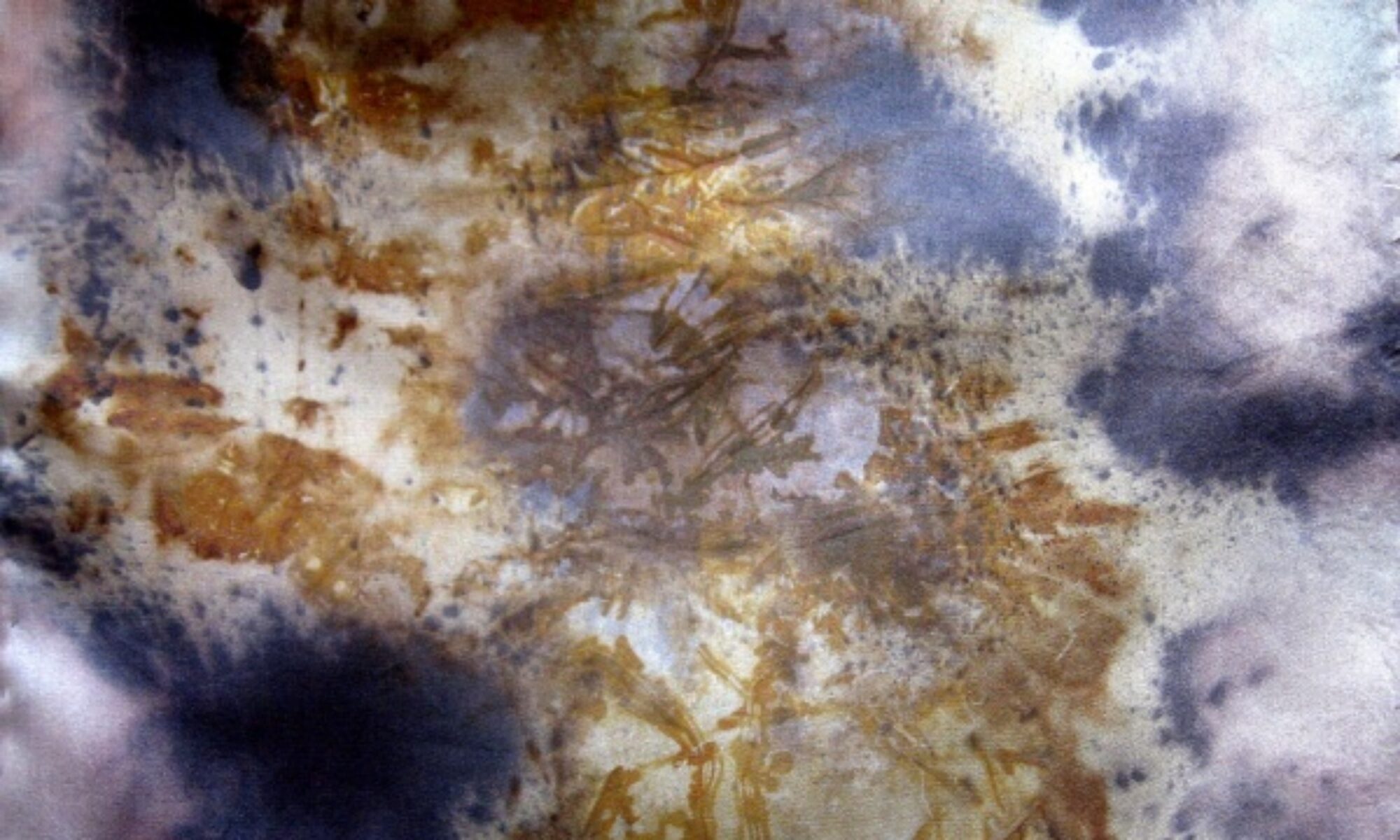This is the next to last set of Mali pictures. Some music related shots, some having to do with the puppets/marionettes, and others just because I like them or forgot to include them earlier!
There seemed to be music every night – somewhere. When we were in the cities, the music was in the nightclubs. Sarah tried her darnedest to be there for all of it. When we were in the villages, there was music around the campfires. Not sure if all the performances were just regular village life or something for the visitors, but it would go on well past dark.
Now, dark wasn’t all that late, but since it was dark, and there were no lights other than our flashlights, and we would be awake again by 4 am with the roosters, getting to sleep was a priority even when the music was interesting. Plus we were usually exhausted from the day’s trek/touring. Night music and shooting stars were a lovely combination, though.
At the music festival, they had several stages with events and bands scheduled non-stop. The beginning parade was such a wonderful mix of everyone showing off all at once with both sights and sounds. As the schedule went on, you would see the crush of people move from one spot to the next depending on who/what was ready to start.
To me it was all exotic. And I think to many of the Malians it was, too. There were tribal peoples in their traditional dress who don’t usually get to the city. And dances/stories that many of the children and younger folks had not seen and heard before. Costumed figures became real for the kids. Young eyes were bright and expectant and full of wonder. Older eyes were looking for familiar scenes. All seemed captivated by the activity.
Of course there were the standard festival booths – the beer and food stands along with the T-shirts and souvenirs and DHL booth . Not too terribly commercial – cultural booths were prominent, too. Sadly for me, all in French.
There was an emphasis on bogolanfini both traditional and contemporary. Atelier Soroble had a large display and sales room. And there was a fantastic exhibit of contemporary work in a building specially built for the occasion and event. We couldn’t take pictures (rats!), but it showed a great range of what is being done artistically with the bogolan techniques, plus some really nice sculptural work. Not sure if the artists were juried or invited to exhibit. Ginger wound up taking a lovely piece home with her!
At one point, looking at all the electrical lines and microphones and amps, it was hard to believe we were in Africa and not somewhere in the states at a concert.
Well, the pictures tell more of the story. I’ll probably have more to say about the trip and the bogolanfini experiences.
I DO have one more set of pics to show – my fellow travelers! What a group!

